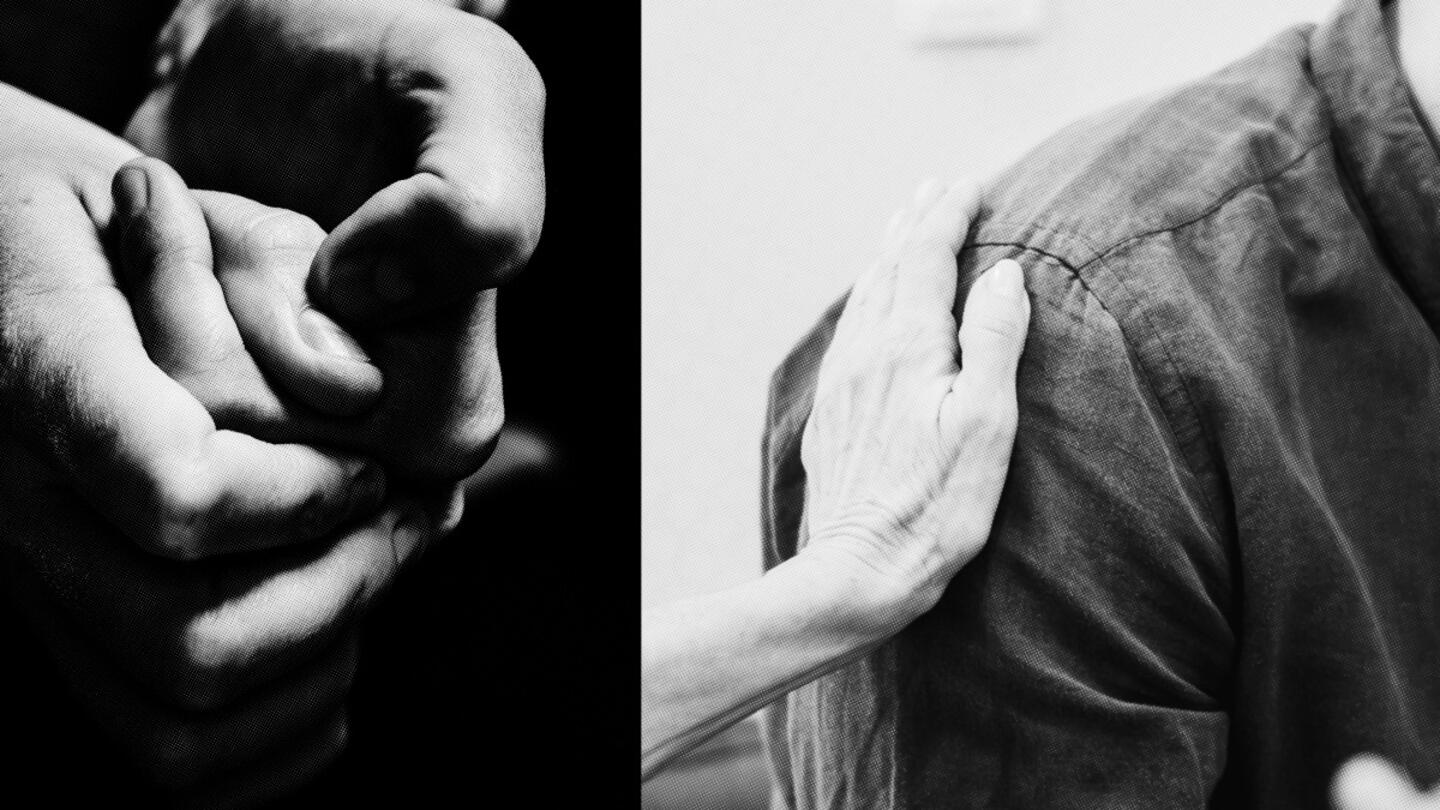More than four years ago, John Vance sat in his car in a parking lot at 3 a.m. It was the middle of the pandemic, and his anxiety was spiraling out of control.
“I had a meth pipe and a big rock of meth. That’s all I had,” he said. “I was freaking out. It was like everything was crumbling. I was living in my car. My wife and I were on the rocks, and I’m starting to process that I really screwed this up pretty bad.”
His solution? Smoke the meth. “So I got my little torch, and I just killed this meth,” he said. “As soon as that hit, I felt even more anxious.”
That’s when Vance realized the drugs weren’t fixing anything. “It took me personally, in a selfish way, to realize it wasn’t making me feel good anymore.”
Substance use disorder is different for every person who experiences it. Vance’s mother helped him choose to go into recovery, but he didn’t initially embrace that decision as his own. “Basically, I could either continue to be homeless, or I could go to treatment,” he said. “I didn’t want to go to treatment. I didn’t really want to be homeless, either, so honestly, I wanted to die. But all right, I’ll go to treatment. This sounds really stupid, but I’ll go.”
Vance joined Shepherd’s House in Lexington, Kentucky, a 12-18 month residential recovery program. He also started working at DV8 Kitchen, an award-winning restaurant that exclusively hires people going through recovery. The two organizations gave him the structure and community he needed to break free of his addiction.
Now, he’s using his experience of turning his life around to help others. Since his recovery, Vance has worked as a counselor in a county jail helping people in incarceration recover from substance use, showing them every day that life without drugs can be fulfilling and joyful.
His own life is his best example.
“They remind me of where I’ve been, how far I’ve come, and I show them I was there too, and they can do this, too.”
From a young age, he didn’t feel comfortable in his own skin
“My wife and I met under the influence of LSD,” said Vance.
For years — decades, even — he and his wife believed they were better at handling drugs and addiction than most. They used alcohol, meth, and heroin through college, then grad school, and then a Ph.D. program. Vance even became an English professor at Virginia State University, but the substance use finally caught up with him.
“By the time I was finishing up my Ph.D. program, I was injecting heroin and meth just to get through the day,” he said. “My life was not sustainable. I became a professor, but my life had already devolved into a disaster. I had to pick it all back up. I thought being a professor would fix everything, but no. We both — she’s in recovery, too — we always just went right back to what we were doing.”
“You can’t be a professor when you’re strung out on dope and drunk all the time,” he continued. “It just doesn’t work. I ended up homeless.” His mother-in-law was raising his toddler son, and he and his wife weren’t together anymore.
His life was a prolonged study of what happens to someone who never quite feels comfortable in his own skin or with others. When Vance was 9, he had a chance to attend an art school. During his application interview, the evaluator asked him to look in a mirror and draw a self-portrait. “I refused to do it,” he said. “So we left, and I didn’t go to the art school. I look at that now. Even then I was not comfortable. I didn’t want to look myself in the mirror.”
Recovery meant learning to accept himself while sober
When Vance first arrived at Shepherd’s House, a residential recovery center that surrounds each individual with peer support, he was determined to be miserable. He had come at his mother’s insistence and fully expected the program to fail him. After about a month of resisting and mentally isolating himself from his peer recovery group, he went to a haunted house with them. To his surprise, the outing was a pivotal moment that filled him with hope.
“At this point, I was still hell-bent on having a bad time,” he said. “It’s funny how that self-sabotage works. I was like, ‘My mom made me go to treatment. This is so stupid. I’ll show you how miserable you are making me right now.’”
The activity was actually fun. It broke through his wall. “At the end, this dude comes out with a chainsaw and chases us into the woods, and we’re all laughing,” he said. “It was like a bonding experience. Right? That was a breakthrough. At that moment, I felt like I really had a connection and a fellowship with these other guys I was with.”
The fellowship Vance felt at Shepherd’s House and DV8 Kitchen was vital to his recovery. Both organizations offered him community and purpose, chipping away at his lifelong sense of being an outsider — something he had struggled with for as long as he could remember. He had unwittingly been using drugs as a buffer in social situations.
“My wife and I, we’d get high before the faculty party, and then we’d have to leave early to do more drugs,” he said. “So it was always just me and her. I never had any friends, per se.”
The round-the-clock peer support he found at Shepherd’s House and DV8 proved powerful. “Now that I work in the field, I see how important the therapeutic community is,” he said. “Everybody looks out for each other, holds each other accountable. If you see somebody slipping, then you’ll be like, ‘Hey man, bring it back in.’”
A significant part of his recovery was learning to be comfortable with himself sober. “One of my biggest fears of not doing drugs was just having to be sober,” he said. “I thought I needed drugs to be an interesting person.”
It was easier when he finally admitted to himself that he belonged in these recovery communities. “These are my people, more so than any of my English professors ever were,” he said. “It took me a long time to see that. We all have this madness that burns inside our minds and hearts. It gives us energy and this interesting insanity, but we’ve got to learn how to manage that.”
Sign up for the Strong & Safe Communities newsletter for stories, ideas, and advice from changemakers working with their neighbors to address the biggest problems we face.
‘You gotta learn how to be anxious without getting high’
Vance is grateful for his life experiences. Even the hardest ones.
He now works in a county jail helping others overcome their substance use disorders. Studying addiction without experiencing it wouldn’t have been nearly as effective. The people he works with in recovery tend to be wary of people who haven’t had similar life experiences. “All they got is a college degree,” Vance said they tell themselves. “Now they’re telling me how to live my life?”
That changes when they hear Vance’s story. “They figure out pretty quick that I’m clearly one of them. That helps them buy in.”
A big part of his work now is providing recovery clients with opportunities to learn what it’s like to handle the emotional struggles of life without drugs. “You gotta learn how to be anxious without getting high,” he explained.
Vance is fostering the same kind of community that helped him in recovery. When things get difficult for his clients, they have open discussions as a group. “It’s just like the Shepherd’s House in jail,” he said. “It’s a treatment that teaches them the drugs are always just a symptom of their underlying problem. The main thing we do is address those underlying struggles. We call it ‘dealing with life on life’s terms’ — without having to put something in your body to make you feel okay.”
The ripple effects of Vance’s work are growing. Many of his graduates use their experiences to give others hope. One manages a recovery home for women in a different part of Kentucky, and he frequently invites her and others to return to the facility and share their stories.
“It’s a bidirectional thing. We all try to help each other learn how to do it and just give them hope that it can in fact be done,” he said.
‘If love is an action, I could not do the actions. I was hijacked.’
Vance has been in recovery for more than four years. As for his marriage, he and his wife are taking things slow. He sees her and their son daily. “Turns out we do like each other when we’re sober, and that’s outstanding,” he said.
“I love my son more than anything,” he said. “The whole time, it was there. If love is an action, I could not do the actions. I was hijacked. It’s hard to take care of a toddler when you’re going through heroin withdrawals. You just can’t even do it. You have to put the drug above him just to get there, but then often when I’m high, I get selfish again. So you’re never in that right spot. You’re either too high or not high enough, and that’s just all it ever is.”
It’s been a difficult journey, but Vance is grateful — both for the journey itself and for the community he found at Shepherd’s House and DV8. “All this catastrophe and suffering and misery are what enabled my current life,” he said. “I never would have found the life I have right now if I hadn’t had that darkness. I thank God.”
***
Shepherd’s House and DV8 Kitchen are both supported by Stand Together Foundation, which partners with the nation’s most transformative nonprofits to break the cycle of poverty.
Learn more about Stand Together's efforts to build strong and safe communities and explore ways you can partner with us.
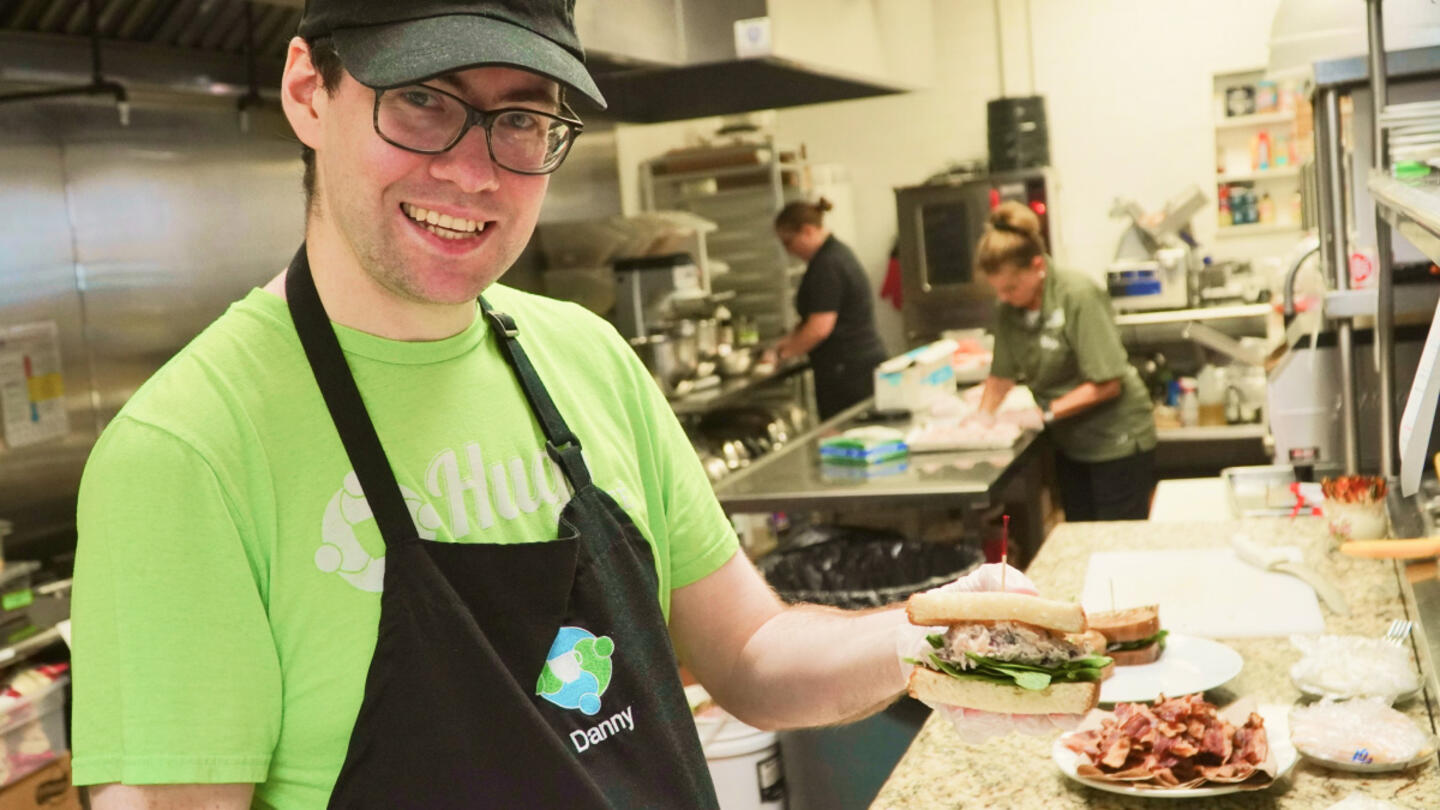
People with disabilities want meaningful work — and Hugs Cafe is making it happen.
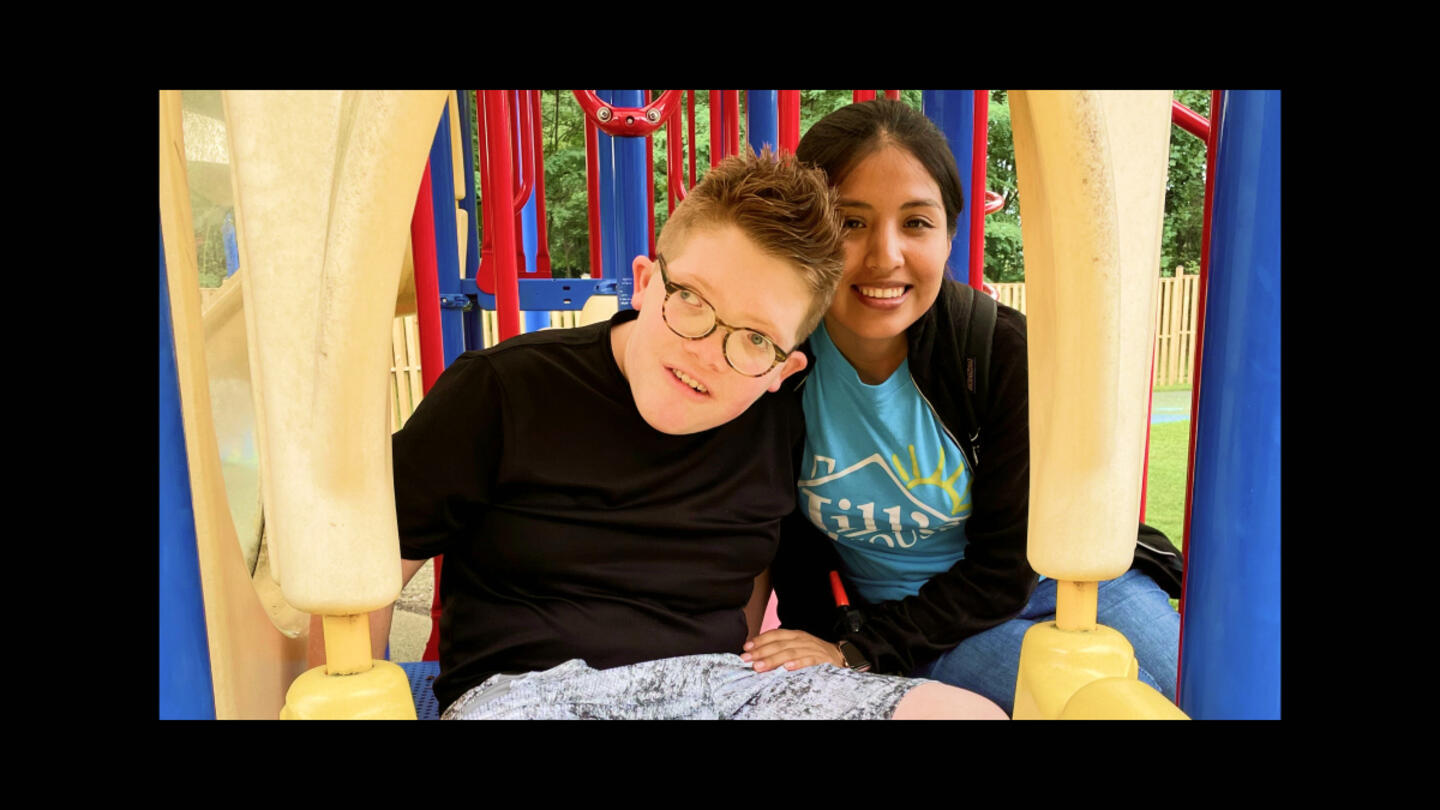
At this ‘resort,’ children with intellectual disabilities are seen as gifts to be celebrated and loved.
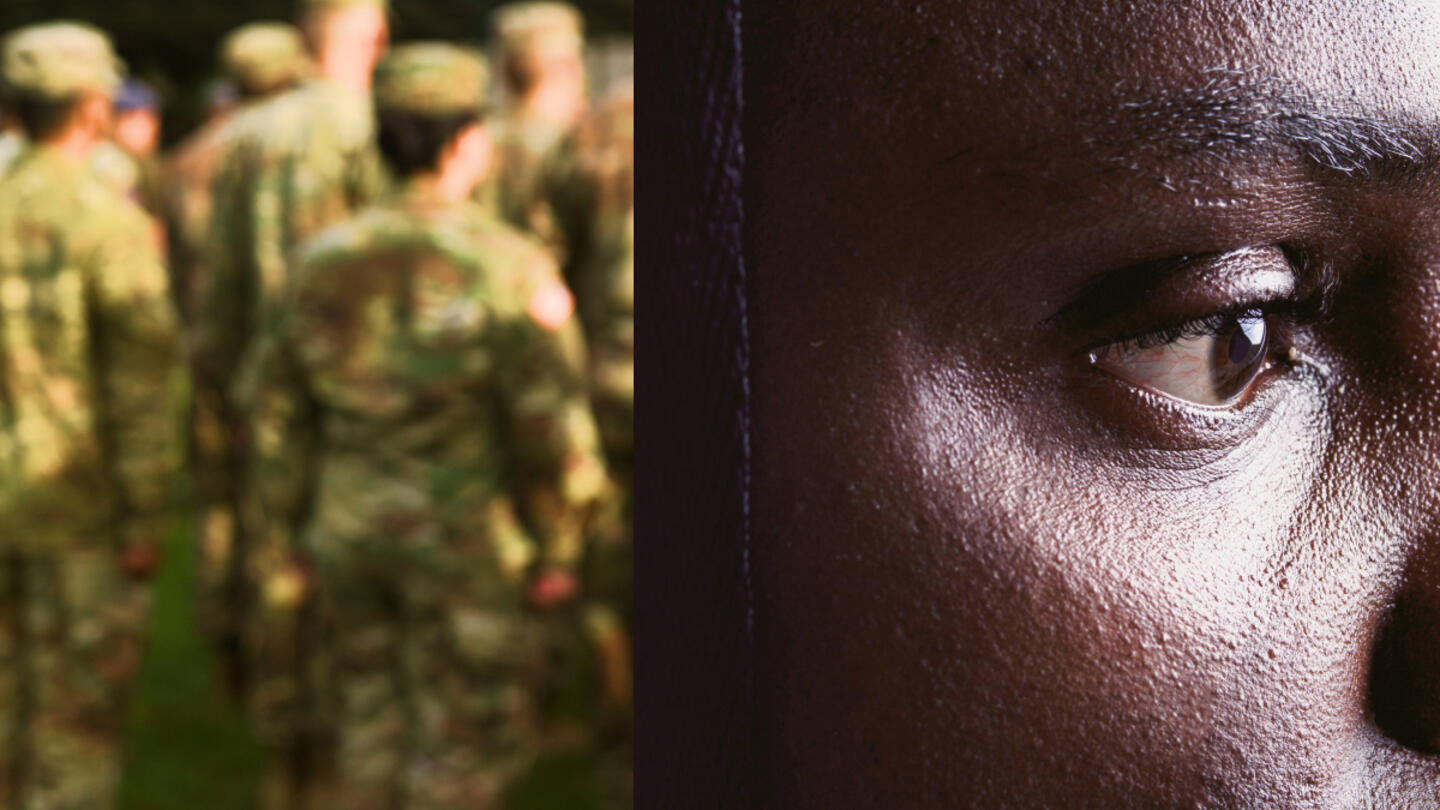
Veterans experience loss when leaving service. Could this be key to understanding their mental health?
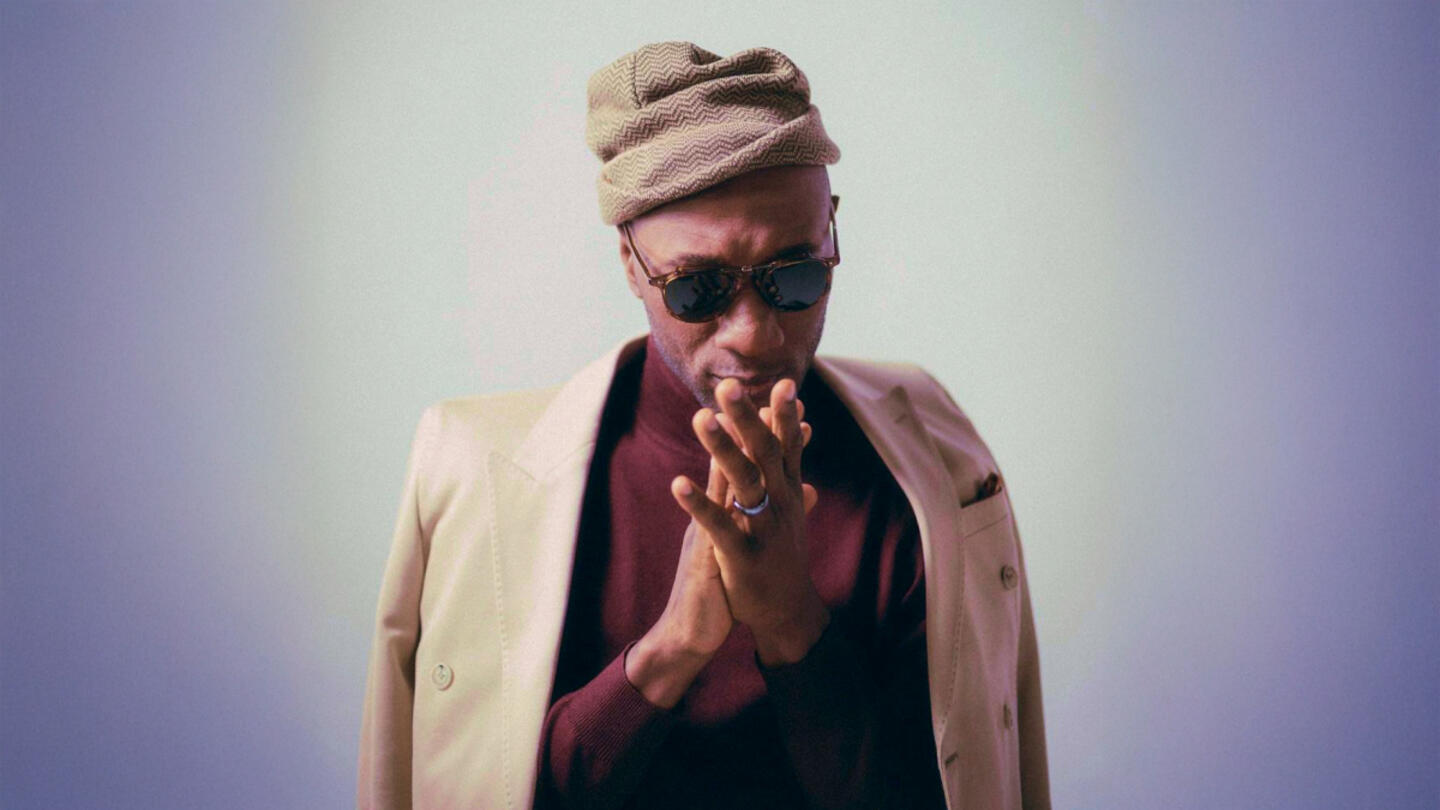
The Grammy-nominated artist is highlighting the stories we don’t get to hear every day.
